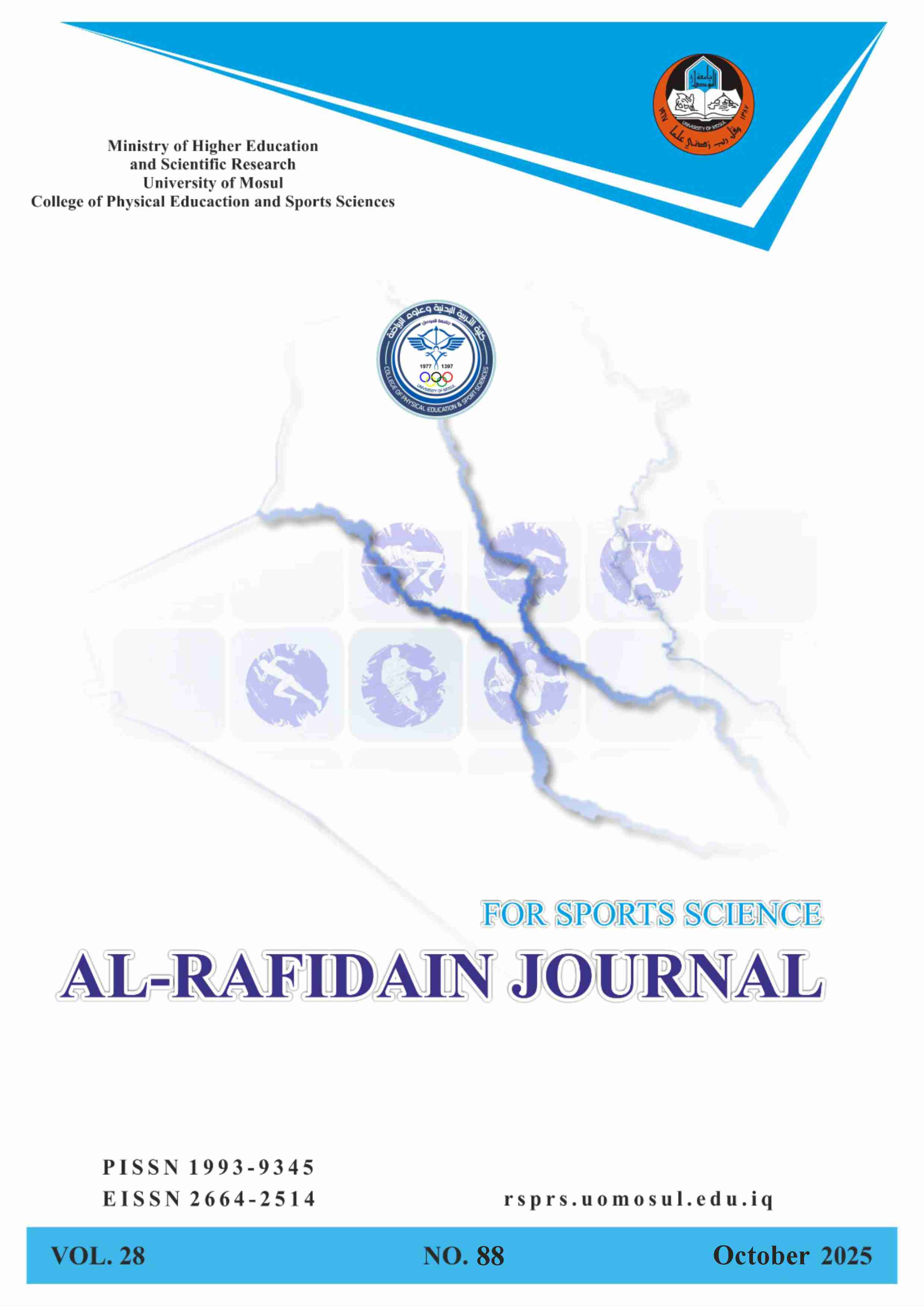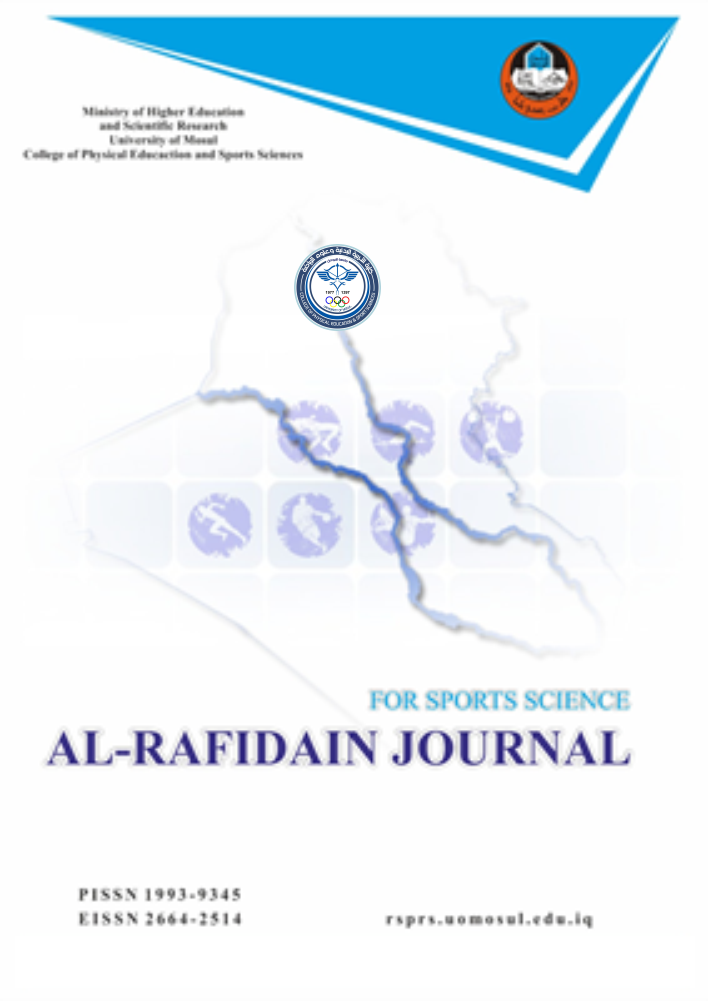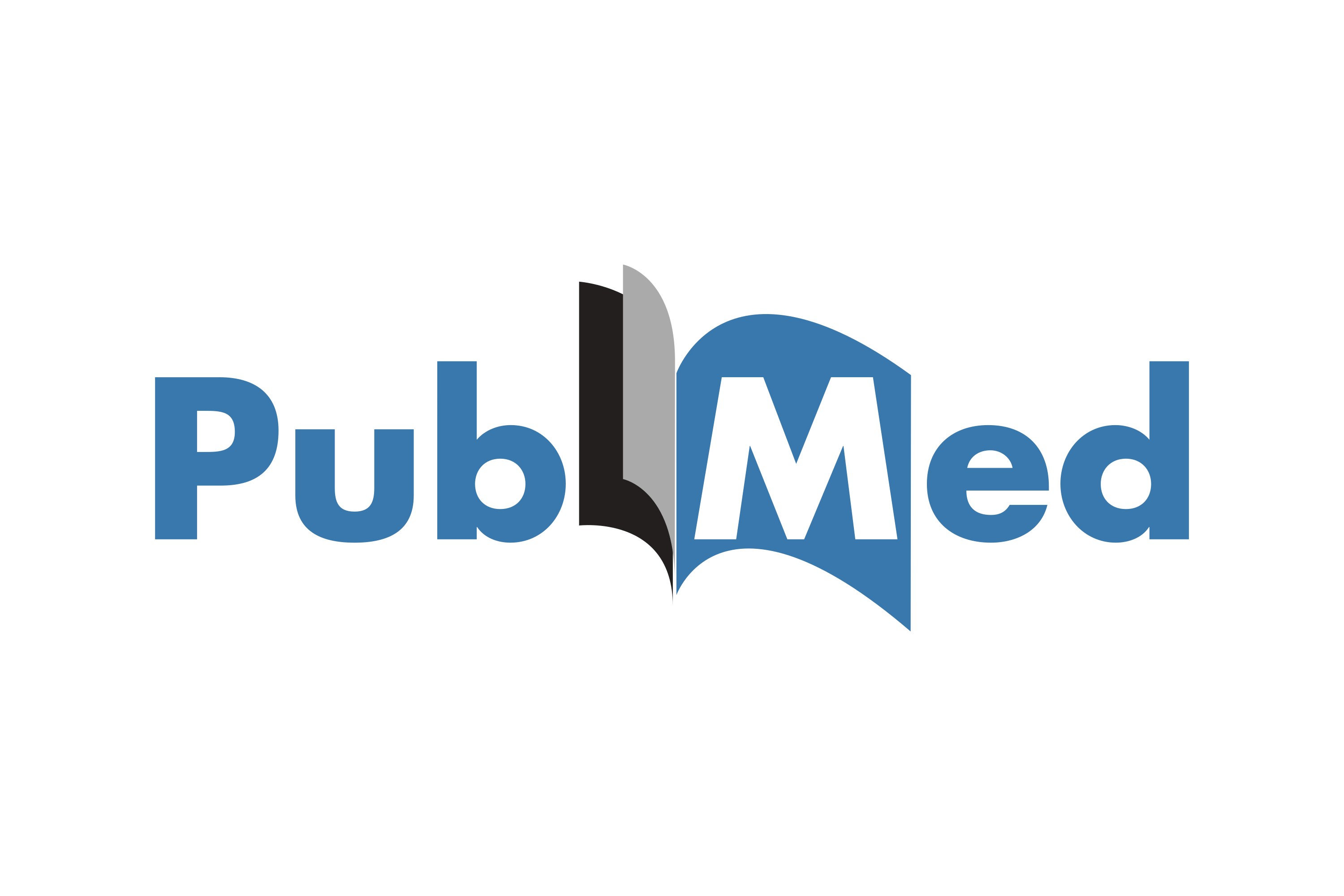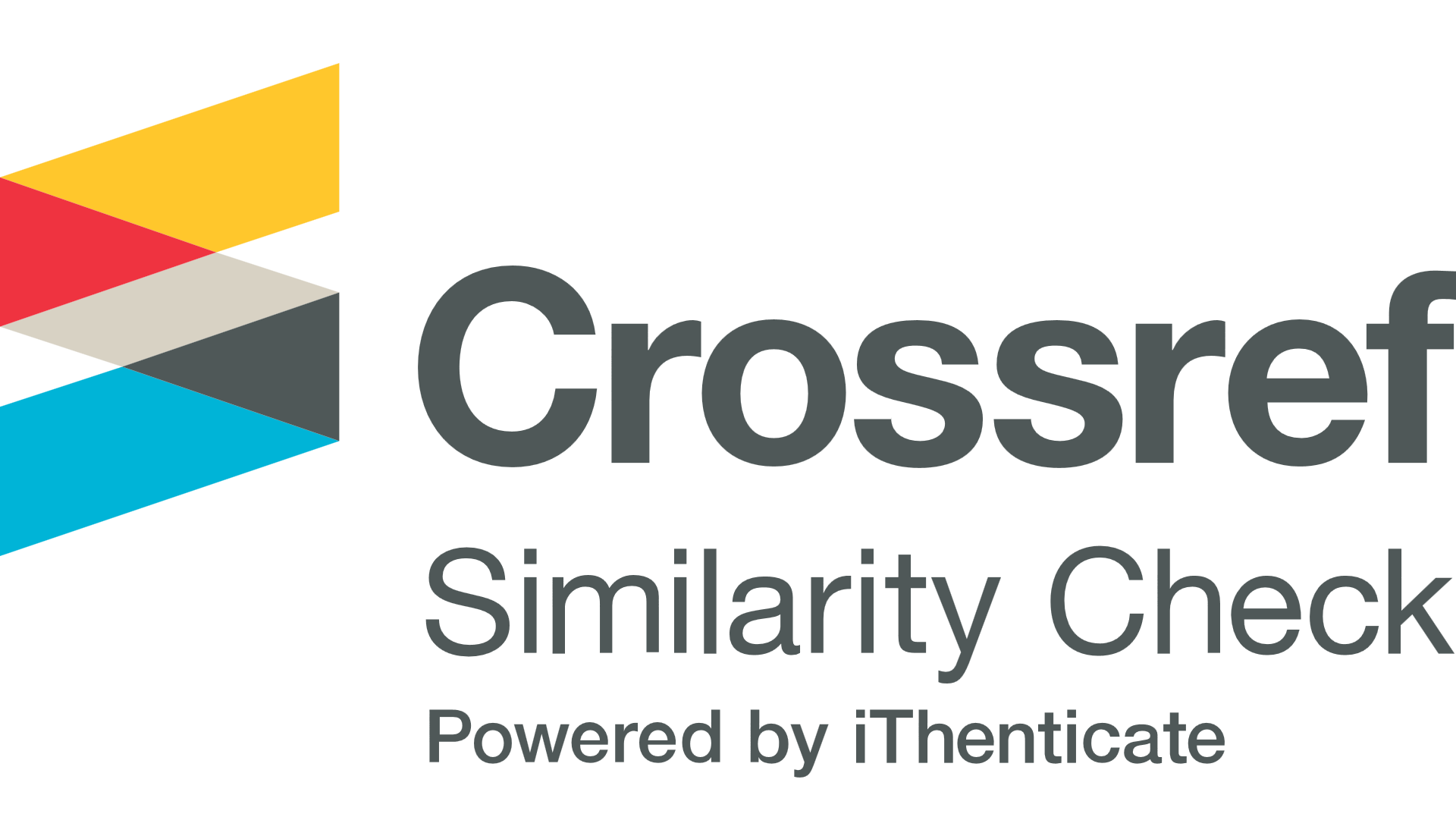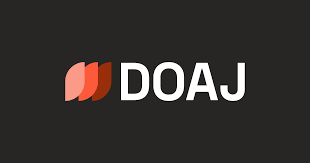The Effect of Hypoxia Training Using an Altitude Mask on Certain Biochemical Variables in Young Football Players
Published
Oct 24, 2025Pages
42-55Abstract
The study aims to:
Investigate the effect of hypoxia training using an altitude training mask on certain biochemical variables in a sample of young football players.
To achieve the study objectives, the researcher formulated the following hypothesis:
There are no statistically significant differences in the effect of hypoxia training using an altitude training mask on certain biochemical variables in a sample of young football players.
The researcher employed the experimental method as it suited the nature of the study. The study population and sample consisted of players from the Qaraqosh Football Club, aged between 16 and 19 years, with a total of 16 players. The sample was deliberately selected and divided into two groups: a control group and an experimental group, with eight players in each group.
Hypoxia-based training exercises were prepared for the experimental group. The training program lasted for nine weeks, with four training sessions per week. The exercises were conducted during the period from June 4, 2022, to August 4, 2022.
The data were statistically processed using the arithmetic mean, standard deviation, skewness, F-value, and Eta squared.
The researcher concluded the following:
- Training under hypoxic conditions using an altitude mask had a positive effect on blood lactate levels during physical exertion. However, the hypoxic training program did not lead to an improvement in red blood cell count.
Training under hypoxic conditions using an altitude mask had a greater positive effect on blood lactate levels compared to traditional training methods
References
- Al-Hijjar, Y. T., & Omar, Y. (2018). The effect of a proposed training program for speed endurance on some blood biochemical indicators after anaerobic effort and during recovery in advanced and junior short-distance runners. Rafidain Journal of Sports Science, 21, 68.
- Alison, M., FACSM, FBASES. (n.d.). Respiratory muscle training. Center for Sports Medicine and Human Performance. UK: Brunel University, 51–64.
- Brown, P. I., Sharpe, G. R., & Johnson, M. A. (2010). Loading of trained inspiratory muscles speeds lactate recovery kinetics. Medicine & Science in Sports & Exercise, 42, 1103–1112.
- Chiappa, G. R., Ribeiro, J. P., Alves, C. N., Vieira, P. J., Dubas, F. J., Queiroga, F., et al. (2009). Inspiratory resistive loading after all-out exercise improves subsequent performance. European Journal of Applied Physiology, 106(3), 297–303.
- Chiappa, G. R., Roseguini, B. T., Alves, C. N., Ferlin, E. L., Nader, J. A., & Ribeiro, J. P. (2008). Blood lactate during recovery from intense exercise: Impact of inspiratory loading. Medicine & Science in Sports & Exercise, 40, 111–116.
- Daniels, J., & Oldridge, N. (1969). The effects of alternate exposure to altitude and sea level on world-class middle-distance runners. Medicine and Science in Sports, 2(3), 107–112.
- EKF Diagnostic (Ed.). (2018). Lactate Scout 4: Product catalogue. Magdeburg, Germany: EKF Company.
- Gaspari, A. F., Leonardo, C., Lopes, T. C., Romulo, B., Renato, B., & Antonio, M. C. (2018, September). Is the elevation training mask a strategy to increase lactate clearance through respiratory muscle loading? Journal of Strength and Conditioning Research, 32(9), 12.
- Granados, J., Gillum, T. L., Castillo, W., Christmas, K. M., & Kuennen, M. R. (2016). Respiratory muscle training during endurance exercise causes modest hypoxemia but overall is well tolerated. Journal of Strength and Conditioning Research, 30(3), 755–762.
- John, P. P., Probst, L., Forrester, K., & Doberstein, S. T. (2016). Effect of using the elevation training mask on aerobic capacity, lung function, and hematologic variables. Journal of Sports Science & Medicine, 15(2), 379–386.
- Ott, T., Joyce, M. C., & Hillman, A. R. (2019). Effects of acute high-intensity exercise with the elevation training mask or hypoxic tor on pulmonary function, metabolism, and hormones. Journal of Strength and Conditioning Research, 35(9), 2486–2491.
- Ramadan, A., Mustafa, R., & Saad, A. (2021, May 31). Effect of wearing an elevation training mask on physiological adaptation. Journal of Physical Education and Sport, 21(3), 1337–1345.
- RAST – The Running-Based Anaerobic Sprint Test. (2001). Peak Performance, 96, 3.
- Saltin, B. (1996). Heights and physical performance: Physiological consideration. (67), 1–10.
- Sharkey, B. J. (1997). Fitness and health (4th ed.). U.S.A.: Human Kinetics.
- Wilber, R. L., Holm, P. L., Morris, D. M., Dallam, G. M., Subudhi, A. W., Murray, D. M., & Callan, S. D. (2004). Effect of FIO2 on oxidative stress during interval training at moderate altitude. Medicine & Science in Sports & Exercise, 36, 1888–1894.
Identifiers
Download this PDF file
Statistics
How to Cite
Copyright and Licensing

This work is licensed under a Creative Commons Attribution-NonCommercial 4.0 International License.
